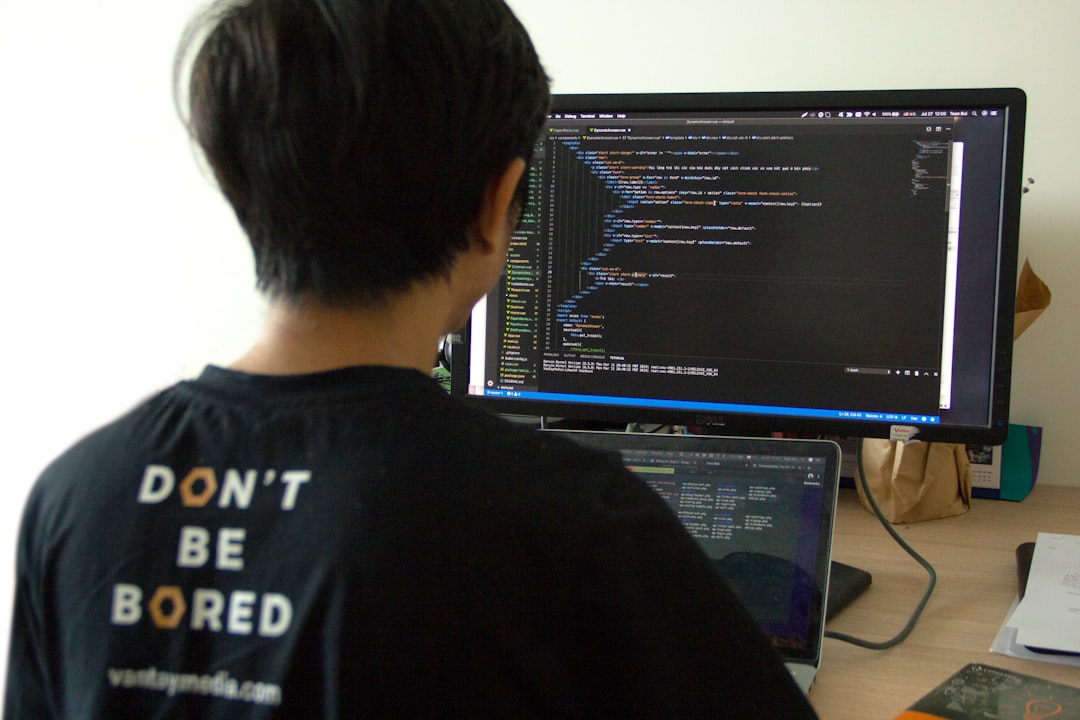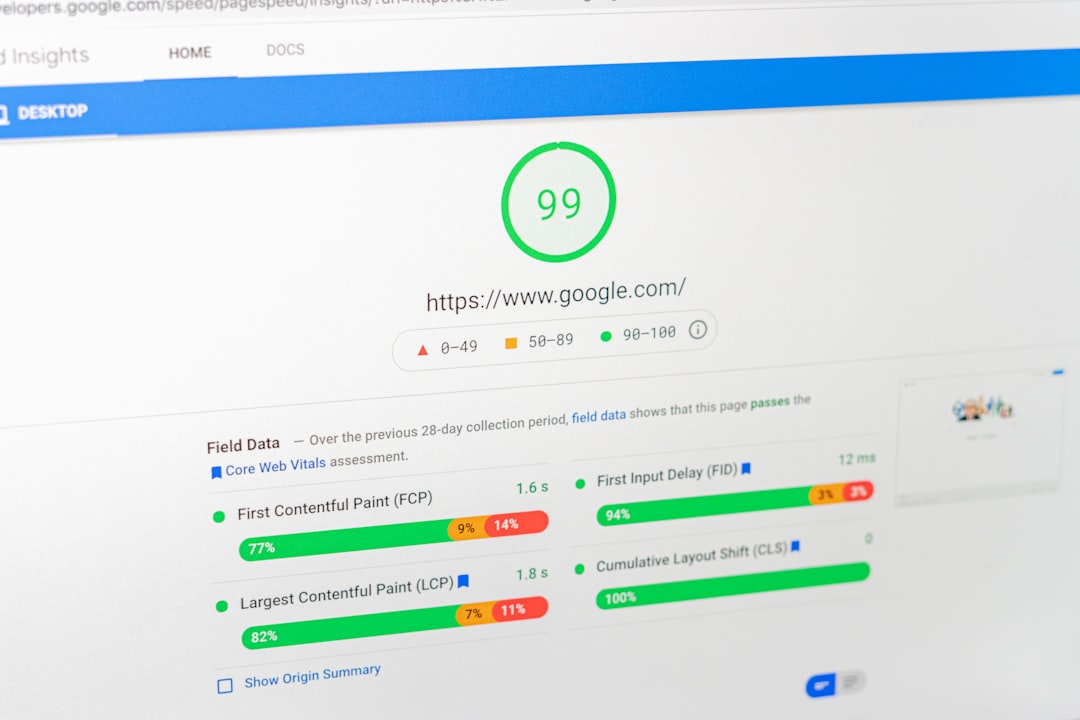The 0-1 knapsack problem sounds like a superhero puzzle. It isn’t. Instead, it’s a brain teaser that has frustrated computer scientists for ages. Let’s break it down simply, with a bit of fun along the way.
Imagine you’re going camping. You have a backpack, or *knapsack*, that can only carry so much weight. You have a bunch of items—maybe snacks, a tent, a flashlight, and of course, a rubber chicken. You want to bring the best combination of items that gives you the highest value without breaking your knapsack.
But there’s a catch. You can’t take part of an item. It’s either *in* or *out*. All or nothing. That’s why it’s called the 0-1 knapsack.
So, why did it fail?
Well, it didn’t exactly *fail* in the way a falling rocket fails. But it ran head-first into a beast called complexity.
The Main Problems
There are three big reasons why 0-1 knapsack isn’t everyone’s best friend:
- It’s Slow – Like, really slow. Especially when there are lots of items.
- It Grows Quickly – The number of choices doubles with each new item.
- There’s No Shortcut – No clever formula magically solves it fast every time.
How Slow Are We Talking Here?
If you have 2 items, there are just 4 combinations. Easy.
With 4 items, there are 16 combinations. Still okay.
With 20 items… there are over a million combinations!
“Yikes,” said the computer, melting slightly.

This explosive growth is what math nerds call exponential time. It means things go from “simple” to “impossible” very quickly.
Real-World Struggles
People loved the idea of using 0-1 knapsack in real systems. Like:
- Choosing ads for a webpage.
- Deciding which apps to keep on your phone.
- Picking which loot to keep in a video game when your bag is full.
Sounds useful, right? But then people hit a wall. Or rather, their computers did.
Trying to solve a 0-1 knapsack problem with 100 items could take hours or even days using brute force. That’s way too slow for real-time decisions.
But Wait, There’s Hope!
Just because it’s hard doesn’t mean we throw it away. People found clever ways to work around it:
- Greedy algorithms – Not perfect, but fast. They pick the items with the best value-to-weight ratio first.
- Dynamic programming – Smarter than brute force. It avoids re-checking the same combinations.
- Heuristics – Fancy guesses that usually perform well.
So, the 0-1 knapsack didn’t fail completely. It just needed a little help… and compromise.

The Hidden Complexity
Behind the scenes, the 0-1 knapsack is part of a club called NP-complete problems.
These are puzzles that are easy to check once solved, but hard to solve in the first place.
Scientists believe this means no fast solution exists.
So instead of looking for perfect answers, they look for “good enough” ones.
In Simple Terms…
The 0-1 knapsack tripped over its own rules. It tried to be exact, which made it too slow. And as problems got bigger, it just couldn’t keep up.
It’s like trying to pack the perfect suitcase for every trip. Sometimes, you just have to throw in your socks and hope for the best!
The Bottom Line
Why did 0-1 knapsack fail?
Because perfection takes time. And sadly, in the real world, we often don’t have that luxury.
Still, it taught us valuable lessons about problem-solving, efficiency, and when to settle for a pretty good backpack.



